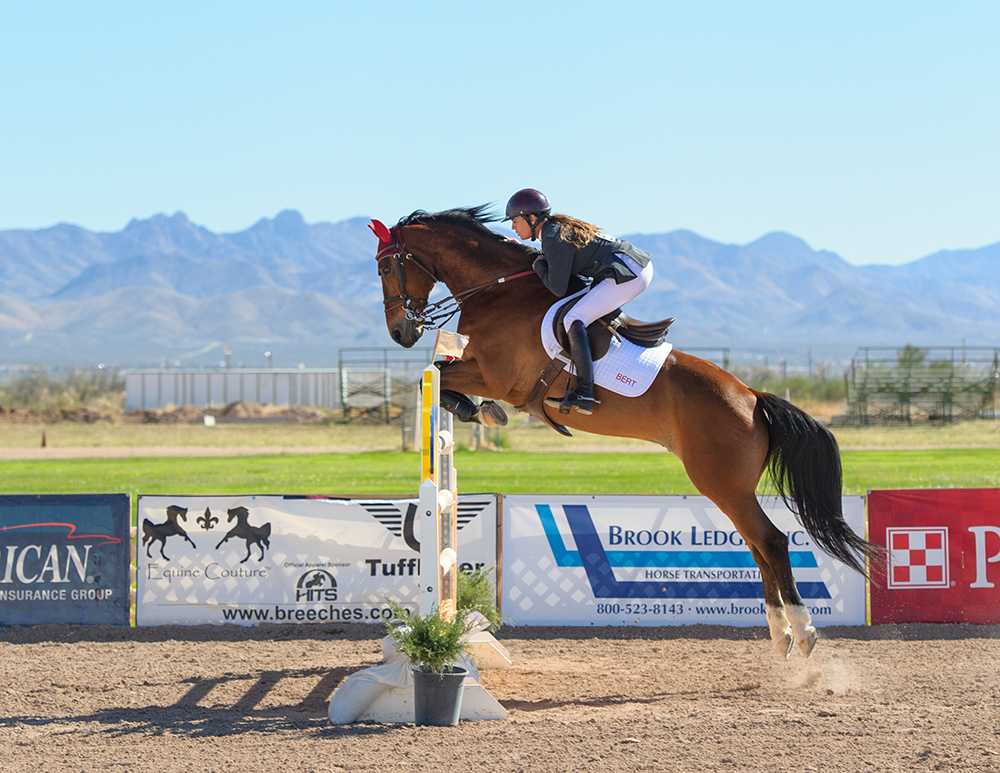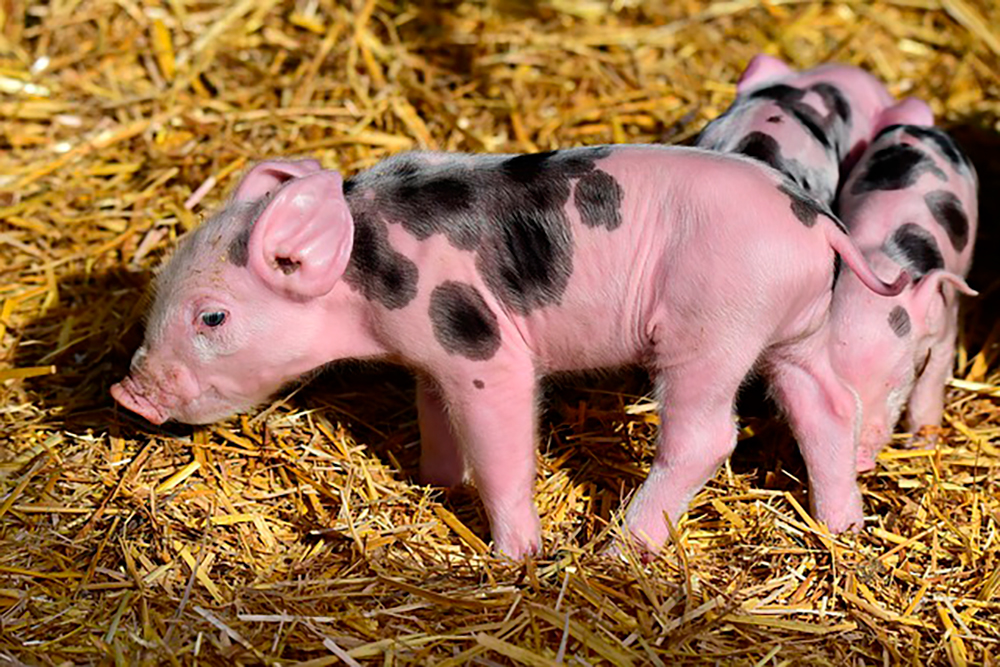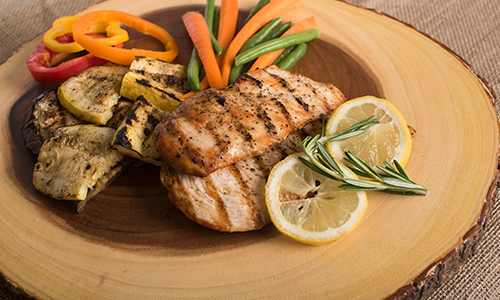
He says after the super-spreading events of Christmas and New Year, Australia may be in trouble and as vaccines come off local production lines and others land on shore, the argument for bringing their approval forward, will strengthen.
Professor John Mathews suggests ring vaccination be performed in parallel with standard vaccination in this pandemic. supplied
Another form of ring vaccination is arranged around a circumstance, like international travel, rather than a single person.
This would mean people who come into direct contact with arriving travellers, such as airport staff, customs officials, bus drivers, security guards and those working in quarantine receive the jabs.
Professor Paul Young, a leading vaccine specialist from the University of Queensland, says this would effectively ring fence the incoming virus.
“The whole point of ring vaccination is to try and break the transmission cycle. Normally, in a small epidemic outbreak, you’d vaccinate around that outbreak.
“In the current pandemic, we have clusters mostly appearing as consequences of ingress of the virus into the community through an overseas traveller. Vaccination may create a barrier against this transmission.
“While it is not yet known if vaccines effectively prevent infectiousness, preclinical work suggests they can partially suppress the viral load in the upper respiratory tract and this may serve to minimise transmission.
“But there’s a big caveat on this and at present, vaccine makers don’t have to prove that their vaccines prevent transmission.”
Professor Peter Collignon, a microbiologist at the Australian National University, is all for ring vaccinating people at high risk like those associated with travellers. “It won’t provide 100 per cent protection but if you get 90 per cent, that’s worth having.
We’ve got the luxury of watching what happens with vaccines aboard, says Professor Peter Collignon. Alex Ellinghausen
He is less keen on ringing outbreaks where there is a time lag. Most vaccines require two jabs in a process that could take 28 days to provide protection.
Overall, he thinks ring vaccination for small outbreaks will not be more effective than having the contacts quarantine or self-isolate.
Although Australia will soon have vaccines available, he believes they won’t be in huge supply immediately.
“Perversely, because we’ve got this under reasonable control, we’re a lower priority, particularly if we can keep control of our borders and transmission.
“We’ve got emergency powers to approve a vaccine but are fortunate. This is summer, there is very little transmission in Australia as a whole and we expect this to be the case at least until autumn. So we have some time to learn from overseas.”
Australia is expecting its first two vaccines early in the new year. These will be the Pfizer vaccine, already in use in the UK, the US and Canada, and the Oxford/Astra Zeneca candidate, not yet approved for use.
Both have been granted provisional determination by Australia’s Therapeutics Goods Administration which means they are eligible to apply for provisional registration.
While Pfizer is expected to land 10 million deeply frozen doses, 50 million Astra Zeneca vaccines will be manufactured in monthly batches at CSL’s production plant in Broadmeadows, Victoria. A further 8.8 million doses of it will be delivered from offshore.

 Subscribe to The Daily Telegraph to get unrestricted digital access, home paper delivery, Apps for iPad and Android, member only +Rewards and much more…
Subscribe to The Daily Telegraph to get unrestricted digital access, home paper delivery, Apps for iPad and Android, member only +Rewards and much more…  Do you compost or buy second hand?
Do you compost or buy second hand?  The Newsreader review: Exhilirating Australian prestige drama
The Newsreader review: Exhilirating Australian prestige drama  Local shares fell on Friday as investors make last-minute adjustments to their portfolios ahead of the main index’s rebalancing, while unease over rising infections grows.
Local shares fell on Friday as investors make last-minute adjustments to their portfolios ahead of the main index’s rebalancing, while unease over rising infections grows. 


